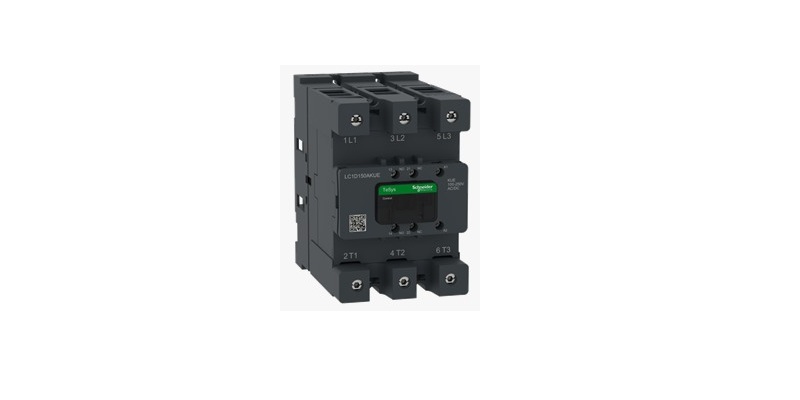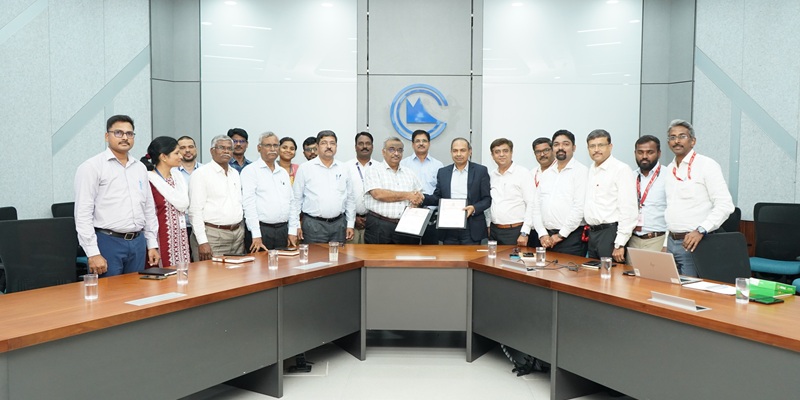Schedule a Call Back
Carbon Dioxide Emission & the Chemical Industry
 Technical Articles
Technical Articles- Aug 16,10
By Amitava Banerji
Simple steps to save energy and reduce carbon dioxide emission by the chemical industry of the total carbon dioxide emission of 65 million tones discharged to the atmosphere every day, about 25%, i.e., about 16 million tonnes is attributed to the emission from the Chemical Industry Now, with the awareness spread by IPCC, we are all aware of the detrimental and harmful effects of carbon dioxide emissions on us. With the Chemical Industry accounting for 66 % of the total industrial carbon dioxide emission, professionals associated with the Chemical Industry have a responsibility and should therefore play an active role in making this world a better place to stay Let me now touch upon the various avenues through which the Chemical Industry emits carbon dioxide and what we, as engineering professionals, can do to reduce the emission. Production of any chemical requires energy as one of the inputs apart from the raw materials that form the reactants for any chemical reaction. Such energy is required mostly in the form of thermal and electrical energy
Responsibility of the Designer
- Design reactors with lower delta T for heat transfer for endothermic reactions or where distillation proceeds along with reaction, viz., esterification reactions Basic explanation: for the same temperature of the reaction mixture inside the reactor, heat can be transferred at the same rate across the heat transfer surface with a lower jacket temperature by taking conscious steps to improve the overall heat transfer coefficients and also by designing such reactors with higher heat transfer area to volume ratio. Reduced temperature of the heating medium results in lower stack temperatures of the boiler or the thermic fluid heater, which in turn enables the equipment to operate at higher efficiency with consequential reduced fuel consumption.
- Design thermal heating systems to operate with lower temperature and pressure without compromising on the reaction temperature Basic explanation: with reaction conditions consciously planned with lower temperature of the heating medium, thermic fluid heaters or boilers can be designed to operate with lower stack temperatures and hence with improved efficiencies.
- Resort to vacuum distillation for de-solventising, product recovery, and fractional removal of products through distillation Basic explanation: It costs much less to operate systems under partial vacuum, which reduces the boiling temperatures of reaction mixtures. Reduced boiling temperatures help maintain reduced jacket temperatures and subsequent saving in fuel consumption.
- Increase dependence on moisture or solvent removal from spent solids by expulsion, filtration and less on drying Basic explanation: It costs a lot more to reduce moisture content in wet solids by evaporation rather than spending extra mechanical energy to reduce moisture content by physical expulsion.
- Design and implement waste heat recovery systems to preheat process inputs like water or air
- To an extent possible, design plants to operate on ' continuous' mode rather than on 'batch' mode. Basic explanation: Continuous operation of a plant or an equipment cuts off the transients and high surges of energy requirement in case of batch operations.
- Adopt mechanical vapor recompression techniques vis-d-vis steam heated evaporation systems for concentrators. Basic explanation: Energy calculations have revealed that the electrical energy required to compress water vapor and feed the same in the heating jacket of an equipment costs much less than carrying out the evaporation process by using condensing steam or any other heating medium in the jacket.
Responsibility of the Plant Engineer
- Establish improved fuel efficiency through periodic cleaning of boiler or heat exchanger tubes Basic explanation: reduction of fouling coefficient improves the overall heat transfer coefficient which in turn leads to reduced fuel consumption
- Avoid using over-rated motors Basic explanation: Motors operating on part load waste energy due to reduced efficiency. Optimal selection of motors and soft start mechanisms help in saving electricity consumption.
- Replace burners of boilers and thermic fluid heaters with burners of higher efficiencies. Basic explanation: Improved atomization of liquid fuels help in improved combustion and hence better utilization of the fuel .
- Replace liquid fuels with gaseous fuels wherever possible Basic explanation: Combustion of gaseous fuels has been found to be a lot more efficient than liquid fuels like diesel furnace oil, etc. Modulation of gas burners has also been found to be easier than in case of liquid fuels .
- Adopt process automation to prevent overshoots and undershoots. Basic explanation: In the case of an industrial boiler or a thermic fluid heater provided with ON-OFF type of controls result in under-shoots and over-shoots of the temperatures. Machines with a high thermal mass operate with low efficiencies due to such over and undershoot Process automation with temperature control systems in place helps maintain steady temperatures and hence improved fuel efficiencies.
- Adopt cooling cycle optimization during reactor cooling. Basic explanation: Supplying cooling water through equipments, which are not undergoing cooling, takes up a good amount of energy towards pumping operation
Amitava Banerji - Chief Consultant & Proprietor, Chemical Process Engineers, Bangalore, Tel: 080-26635941. Mobile: 098451-77197. Email: chemiprocess@gmail.com
Related Products

Heat Exchanger Scale Removal Compound -hesr-300


Universal Tapping Machine -model Tr-10/15
Tapping
Machine Tools offers universal tapping machine -model TR-10/15.
Hi There!
Now get regular updates from IPF Magazine on WhatsApp!
Click on link below, message us with a simple hi, and SAVE our number
You will have subscribed to our Industrial News on Whatsapp! Enjoy














